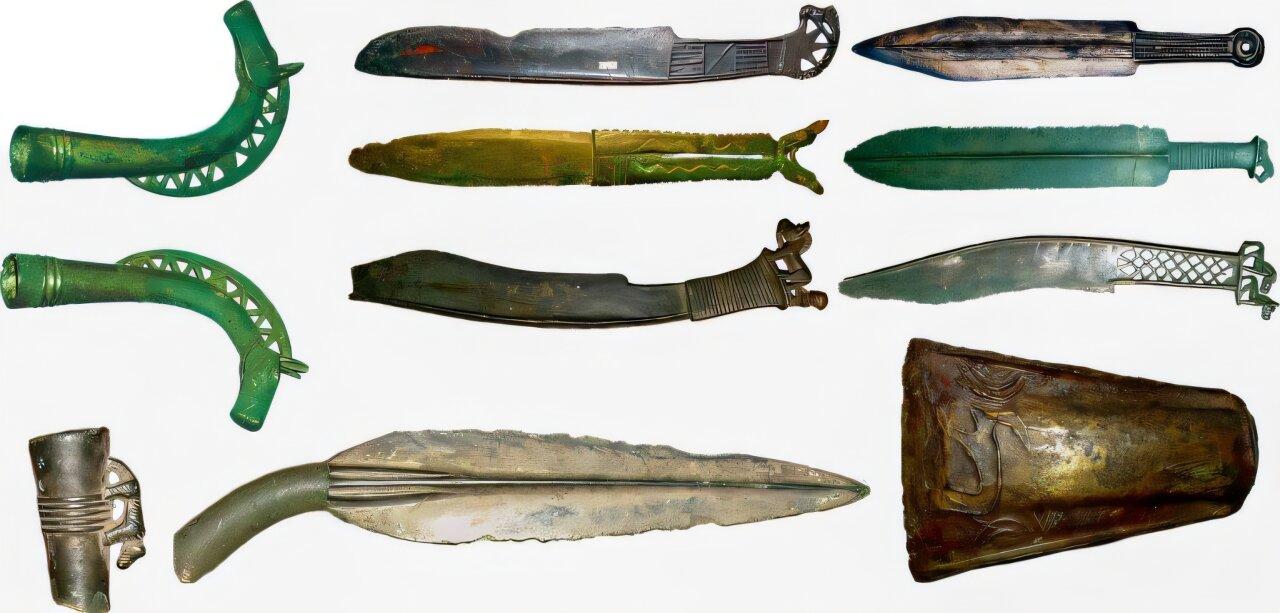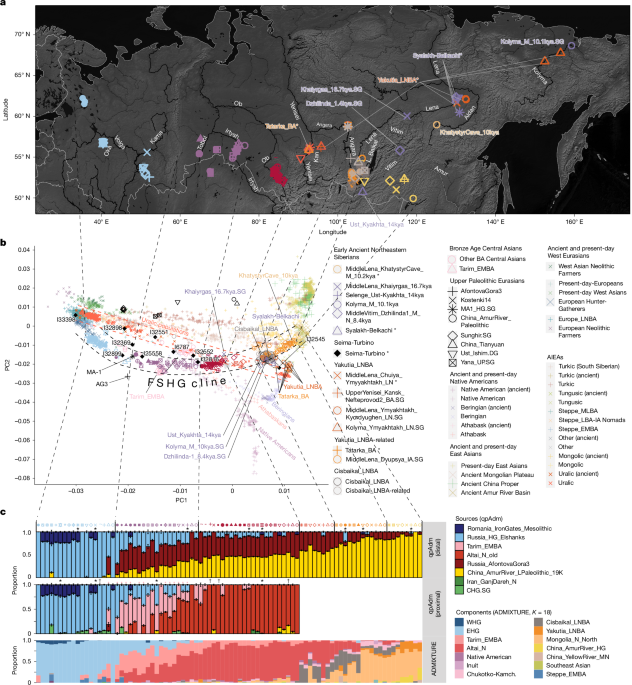Ancient DNA Unveils Eastern Roots of Uralic Languages, Bridging Siberia and Europe





Ancient DNA Unlocks the Origins of Uralic Languages
In an extraordinary unveiling of prehistoric human journeys, a groundbreaking study has illuminated the enigmatic origins of the Uralic language family—spoken by communities today in Hungary, Finland, and Estonia. This remarkable research, spearheaded by dedicated scholars under the guidance of ancient DNA expert David Reich, delved into genetic fingerprints found in 180 newly sequenced Siberian populations alongside over a thousand existing sequences stretching across 11,000 years of human chronicles.
The findings published in Nature reveal that around 4,500 years ago, the forebears of today's Uralic speakers roamed the vast taiga forests of northeastern Siberia, an area now identified as Yakutia. This region, teeming with wildlife and mystery and positioned closer to Alaska and Japan than to modern-day Finland, was home to ancient populations whose genetic legacy continues to thrive among Uralic-speaking communities today. Co-leading the study, Alexander Mee-Woong Kim and Tian Chen Zeng describe this ancient homeland as a tale of linguistic odyssey that once divided experts between Eastern and Ural Mountain-adjacent theories.
A fascinating element linked to the spread of Uralic languages is the Seima-Turbino phenomenon, which stands as a remarkable testament to human ingenuity and cultural exchange. Approximately 4,000 years ago, this wave of technologically advanced bronze-casting methods swept across northern Eurasia, spurring remarkable shifts in trade and social structures. This surge coincided with an era marked by significant global climatic shifts that favored the spread of Uralic-speaking societies across the boreal forest belts of Eurasia.
Archaeologists have unearthed a treasure trove of sites laden with Seima-Turbino artifacts, which include sophisticated bronze weapons and ornaments that are not merely tools but windows into the social complexities of the time. These striking artifacts signal an era when metallurgy catalyzed sweeping changes in power dynamics and extensive trade networks. The study unveils that ancient burial sites showcasing rich assortments of Seima-Turbino treasures also bore strong traces of Yakutia ancestry, underscoring the cultural and genetic imprints these peoples left in their wake.
The genetic analysis reveals a fascinating mosaic of ancestries linking the communities involved to various gene pools, including Yakutian, Iranic, and Baltic European hunter-gatherers. Research indicates a significant genetic influence originating from Yakutia, journeying across the continent to touch regions as far south as Hungary and extending to northern Scandinavia's indigenous Sámi people. This genetic adventure parallels the cultural and linguistic spread across vast stretches of territory.
With time, genetic markers from Yakutia have diminished among certain Uralic-speaking groups such as the Hungarians, while Finnish and Estonian populations retain a smaller, yet perceptible, ancestral connection. Meanwhile, the Nganasan people of northern Russia hold almost a complete genetic lineage tracing back to Yakutia. Remarkably, these diverse groups were found buried together at sites laden with Seima-Turbino artifacts, painting a vivid picture of cooperation, intersection, and shared technological prowess.
Another captivating thread of this ancient narrative involves the Yeniseian language family, a group of languages with roots stretching back over 5,400 years to the pristine waters of Lake Baikal in southern Siberia. Though dwindling, this family persists in Siberia with whispers of its influence embedded in the place names of regions now dominated by Turkic and Mongolic languages—toponyms that serve as poetic reminders of the vast reach these languages once held, akin to Algonquian roots found in names like Mississippi and Missouri in America.
The archaeological excavations at sites near Lake Baikal have unearthed treasures of historical significance, revealing that the lineage of Yeniseian speakers potentially links to North American Indigenous Na-Dene languages, weaving an enchanting tapestry of shared human history across continents. This connection receives tentative validation through genetic findings, adding another layer of intrigue to this ancient narrative.
Bronze production required sourcing key raw materials like copper and tin, inducing cultures to develop expansive trade routes and forge new social bonds across northern Eurasia. This transition marked not just a technological leap but served as a catalyst for broader cultural evolutions. Despite their modest numerical presence, the peoples tied to these phenomena managed to imprint their language and culture across vast stretches, from the taiga forests of Scandinavia to the steppes of Central Asia.
The genetic and linguistic transformations paint a vivid picture of dynamic, long-distance trade networks and cultural exchanges. Within the scope of this continental-scale impact, no single archaeological culture can claim the expansion of the Uralic languages. Instead, a tapestry of genetically diverse communities created widespread influence on language and cultural exchanges, despite their lack of numerical dominance.
In unraveling these genetic threads, the study shines a light on cultures long lost to the passages of time yet etched indelibly across the landscapes of human ancestry and linguistic heritage. This inquiry into the depths of history emphasizes the vast reach and enduring legacy of the Uralic languages, originating from small pockets of ancient Siberians but spreading to influence cultures across continents. From burial sites echoing with Seima-Turbino treasures to genealogical trails revealed through DNA, this remarkable research brings together buried whispers of the past and the light of modern science, re-weaving the human narrative and showing that even in sparse, frigid expanses, cultures not only endured but flourished, reshaping the linguistic landscapes across the vastness of Eurasia for generations to come.

Comments